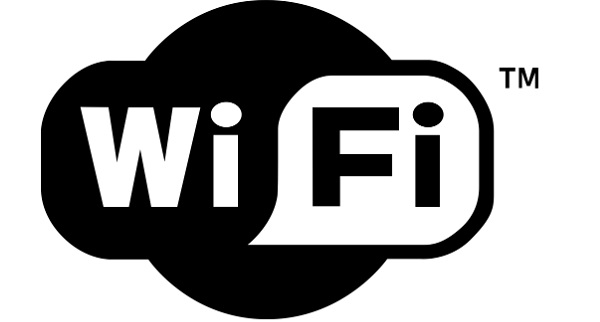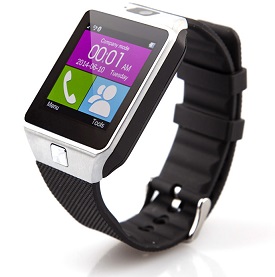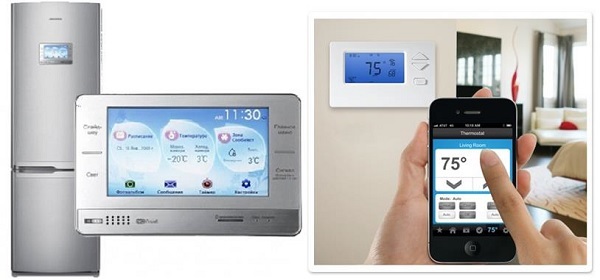Wireless Security - Concepts
In this tutorial, you will be taken on a journey through different methods of wireless communication. You will learn about Wireless Local Area Network(WLAN) as most of us know it, and then go deeper into the practical aspects behind wireless security. You will be amazed at how easy it is to collect a lot of sensitive information about wireless network and the data flowing through it, using basic tools that are easily available for anyone who knows how to use it.
Before we go deeper into the "hacking" side of the wireless communication, you will need to go through a plethora of theoretical concepts and diagrams of normal wireless system operation. Nevertheless, theoretical content will be kept to absolutely minimum throughout this Tutorial - it is the practical side of the things that is most encouraging and the most enjoyable part for everyone!
When we think about wireless communication, we imagine some systems connected to antennas that speak together over the air using radio waves that are invisible to human eye. Honestly speaking, this is perfectly a true definition, but in order to break things (or rather you prefer the word "hack") you need to learn how all those concepts and architectures work together.
Wireless Terminologies
First, let's go through the bunch of basic terms, related to wireless communication. Progressively, we will get into more advanced stuff going all along this path together.
Wireless Communication
Wireless communication refers to any type of data exchange between the parties that is performed wirelessly (over the air). This definition is extremely wide, since it may correspond to many types of wireless technologies, like −
- Wi-Fi Network Communication
- Bluetooth Communication
- Satellite Communication
- Mobile Communication
All the technologies mentioned above use different communication architecture, however they all share the same "Wireless Medium" capability.
Wi-Fi
Wireless Fidelity (Wi-Fi) refers to wireless local area network, as we all know them. It is based on IEEE 802.11 standard. Wi-Fi is a type of wireless network you meet almost everywhere, at your home, workplace, in hotels, restaurants and even in taxis, trains or planes. These 802.11 communication standards operate on either 2.4 GHz or 5 GHz ISM radio bands.
These devices are easily available in the shops that are compatible with Wi-Fi standard, they have following image visible on the device itself. I bet you have seen it hundreds of times in various shops or other public places!

Due to the fact, that 802.11 based wireless network are so heavily used in all types of environments - they are also the biggest subject for various security researches across other 802.11 standards.
Wireless Clients
Wireless clients are considered to be any end-devices with a wireless card or wireless adapter installed. Now, in this 21st century, those devices can be almost anything −

- Modern Smartphones − These are one of the most universally used wireless devices you see in the market. They support multiple wireless standards on one box, for example, Bluetooth, Wi-Fi, GSM.
- Laptops − These are a type of device which we all use every single day!
- Smartwatch − An example of Sony based smartwatch is shown here. It can synchronize with your smartphone via a Bluetooth.
- Smart-home Equipment − With the current progress of the technology, smart-home equipment might be for example a freezer that you can control over Wi-Fi or a temperature controller.

The list of possible client devices is growing every single day. It sounds a little scary that all of those devices/utilities we use on a daily basis can be controlled via a wireless network so easily. But at the same time, remember that all the communication flowing through a wireless medium can be intercepted by anyone who is just standing at the right place at the right time.
No comments:
Post a Comment